Growing Zucchini at Home can feel like winning the lottery – a lottery of delicious, versatile vegetables, that is! Have you ever dreamed of stepping into your backyard and harvesting fresh, vibrant zucchini for your favorite recipes? I know I have, and let me tell you, it’s more achievable than you might think. But let’s be honest, sometimes that dream turns into a jungle of sprawling vines and a glut of zucchini that you can’t possibly give away fast enough.
Zucchini, a member of the squash family, has a rich history, originating in the Americas and later becoming a staple in Italian cuisine. Its ease of cultivation and prolific yields have made it a popular choice for gardeners worldwide for generations. But even with its relatively simple nature, mastering the art of growing zucchini at home requires a few clever tricks and DIY hacks to ensure a bountiful and manageable harvest.
That’s where this article comes in! I’m going to share some of my favorite DIY tips and tricks to help you avoid common zucchini-growing pitfalls. From maximizing your yield to preventing pests and diseases, we’ll cover everything you need to know to become a zucchini-growing pro. So, grab your gardening gloves, and let’s get started on your journey to zucchini abundance!
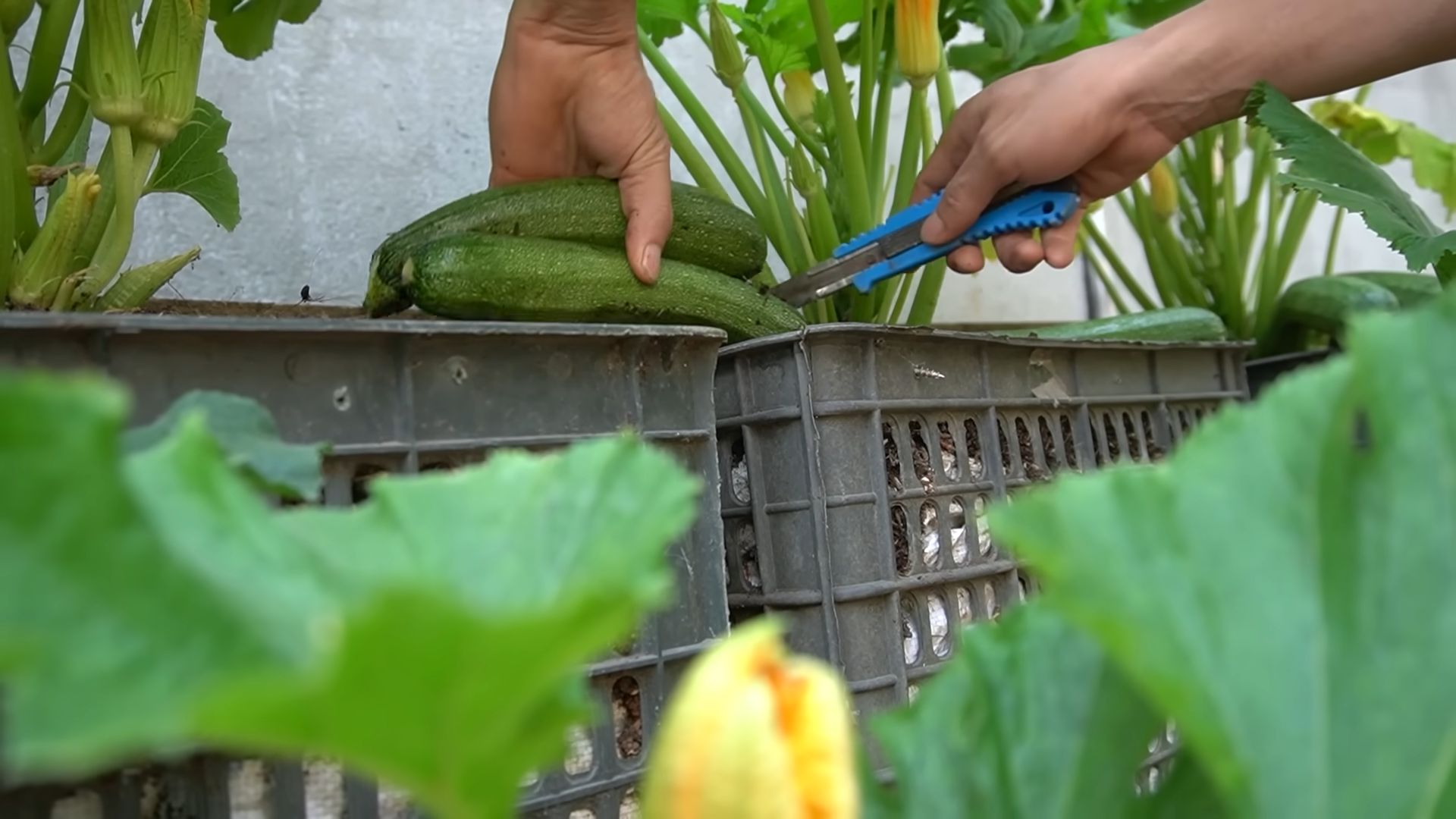
Growing Zucchini at Home: A Beginner’s Guide
Okay, zucchini lovers, let’s get down to business! I’m going to walk you through everything you need to know to grow your own bountiful zucchini crop right in your backyard (or even in containers!). Trust me, there’s nothing quite like the taste of freshly picked zucchini, and the satisfaction of growing it yourself is unbeatable.
Choosing Your Zucchini Variety
First things first, you need to decide what kind of zucchini you want to grow. There are tons of varieties out there, each with its own unique characteristics. Here are a few popular choices:
* Black Beauty: This is a classic, reliable variety that produces dark green, almost black, zucchini. It’s known for its high yields and disease resistance.
* Costata Romanesco: If you’re looking for something a little different, this Italian heirloom variety has beautiful ribbed fruit with a nutty flavor.
* Golden Zucchini: For a pop of color, try growing golden zucchini. They have a mild flavor and are great for adding visual appeal to your dishes.
* Round Zucchini (Eight Ball, One Ball): These are perfect for stuffing! They’re compact and easy to manage in smaller gardens.
Consider your space, your taste preferences, and your local climate when making your choice. I personally love growing Black Beauty because it’s so productive and easy to care for.
Preparing Your Garden Bed
Zucchini plants are hungry feeders, so preparing your garden bed properly is crucial for success. They need plenty of sunlight and well-drained soil.
* Sunlight: Zucchini needs at least 6-8 hours of direct sunlight per day. Choose a spot in your garden that gets plenty of sunshine.
* Soil: Zucchini prefers rich, well-drained soil with a pH between 6.0 and 7.5. If your soil is heavy clay or sandy, amend it with compost or other organic matter to improve drainage and fertility.
* Spacing: Zucchini plants can get quite large, so give them plenty of space to grow. Space plants 2-3 feet apart in rows that are 3-4 feet apart. For bush varieties, you can get away with slightly closer spacing.
Planting Your Zucchini
You can start zucchini seeds indoors or sow them directly in the garden. I usually prefer to direct sow because zucchini plants don’t always transplant well.
* Starting Seeds Indoors (Optional): If you want to get a head start, you can start seeds indoors 3-4 weeks before the last expected frost. Sow seeds in peat pots or biodegradable containers to minimize root disturbance when transplanting. Keep the soil moist and warm (around 70-75°F).
* Direct Sowing: Wait until the soil has warmed up to at least 60°F before direct sowing. Sow seeds 1 inch deep and 2-3 feet apart. Water gently but thoroughly.
* Transplanting Seedlings (If Started Indoors): Harden off your seedlings by gradually exposing them to outdoor conditions for a week before transplanting. Choose a cloudy day to transplant to minimize stress. Dig a hole slightly larger than the root ball, gently remove the seedling from its container, and place it in the hole. Backfill with soil and water well.
Caring for Your Zucchini Plants
Once your zucchini plants are established, it’s important to provide them with proper care to ensure a healthy and productive harvest.
* Watering: Zucchini plants need consistent moisture, especially during hot, dry weather. Water deeply at the base of the plant, avoiding wetting the leaves, which can lead to fungal diseases. Aim for about 1 inch of water per week.
* Fertilizing: Zucchini plants are heavy feeders, so fertilize them regularly with a balanced fertilizer. I like to use a fertilizer with an NPK ratio of 10-10-10. Apply fertilizer according to the package directions. You can also side-dress your plants with compost or aged manure.
* Weeding: Keep your garden bed free of weeds, which can compete with your zucchini plants for nutrients and water. Hand-pull weeds or use a hoe to cultivate the soil.
* Mulching: Apply a layer of mulch around your zucchini plants to help retain moisture, suppress weeds, and regulate soil temperature. Straw, wood chips, or shredded leaves are all good options.
* Pollination: Zucchini plants have separate male and female flowers. Bees and other pollinators are essential for transferring pollen from the male flowers to the female flowers, which results in fruit production. If you’re not seeing many bees in your garden, you can hand-pollinate your zucchini flowers. To do this, use a small paintbrush to collect pollen from the male flowers and transfer it to the female flowers. The female flowers have a small zucchini fruit at the base of the flower.
Dealing with Pests and Diseases
Zucchini plants are susceptible to a few common pests and diseases. Here’s how to deal with them:
* Squash Bugs: These pests can suck the sap from your zucchini plants, causing them to wilt and die. Hand-pick squash bugs off your plants or use insecticidal soap.
* Squash Vine Borers: These pests bore into the stems of your zucchini plants, causing them to collapse. Wrap the base of your stems with aluminum foil or row covers to prevent squash vine borers from laying their eggs. If you see signs of squash vine borers, you can try to remove them by slitting the stem open and extracting the larvae.
* Powdery Mildew: This fungal disease can cause a white, powdery coating on the leaves of your zucchini plants. Improve air circulation by spacing your plants properly and avoid wetting the leaves when watering. You can also treat powdery mildew with a fungicide.
* Blossom End Rot: This condition causes the blossom end of your zucchini fruit to rot. It’s usually caused by calcium deficiency or inconsistent watering. Make sure your soil is rich in calcium and water your plants regularly.
Harvesting Your Zucchini
Zucchini is best harvested when it’s young and tender.
* When to Harvest: Harvest zucchini when it’s 6-8 inches long. Larger zucchini can be tough and seedy.
* How to Harvest: Use a sharp knife or pruning shears to cut the zucchini from the plant. Be careful not to damage the plant.
* Storage: Store zucchini in the refrigerator for up to a week.
Troubleshooting Common Zucchini Problems
Sometimes, even with the best care, things can go wrong. Here are a few common zucchini problems and how to fix them:
* No Fruit Production: If your zucchini plants are producing flowers but no fruit, it could be due to poor pollination. Make sure there are plenty of bees in your garden or hand-pollinate your flowers. It could also be due to extreme temperatures or nutrient deficiencies.
* Yellowing Leaves: Yellowing leaves can be a sign of nutrient deficiency, overwatering, or disease. Check your soil pH and nutrient levels, and adjust your watering schedule accordingly.
* Stunted Growth: Stunted growth can be caused by pests, diseases, or poor soil conditions. Inspect your plants for pests and diseases, and amend your soil with compost or other organic matter.
Step-by-Step Instructions: From Seed to Table
Okay, let’s break down the whole process into easy-to-follow steps:
1. Choose Your Variety: Decide which zucchini variety you want to grow based on your preferences and growing conditions.
2. Prepare Your Garden Bed: Select a sunny spot with well-drained soil. Amend the soil with compost or other organic matter.
3. Plant Your Seeds: Sow seeds directly in the garden after the soil has warmed up, or start seeds indoors 3-4 weeks before the last frost.
4. Water Regularly: Water deeply at the base of the plant, avoiding wetting the leaves. Aim for about 1 inch of water per week.
5. Fertilize Regularly: Fertilize with a balanced fertilizer according to the package directions.
6. Weed Regularly: Keep your garden bed free of weeds.
7. Mulch: Apply a layer of mulch around your plants to retain moisture and suppress weeds.
8. Monitor for Pests and Diseases: Inspect your plants regularly for pests and diseases, and take action as needed.
9. Pollinate (If Necessary): If you’re not seeing many bees, hand-pollinate your flowers.
10. Harvest Regularly: Harvest zucchini when it’s 6-8 inches long.
Container Gardening with Zucchini
Don’t have a garden? No problem! You can still grow zucchini in containers.
* Choose the Right Container: Select a large container that is at least 24 inches in diameter and 12 inches deep. Make sure the container has drainage holes.
* Use a Good Quality Potting Mix: Use a well-draining potting mix that is
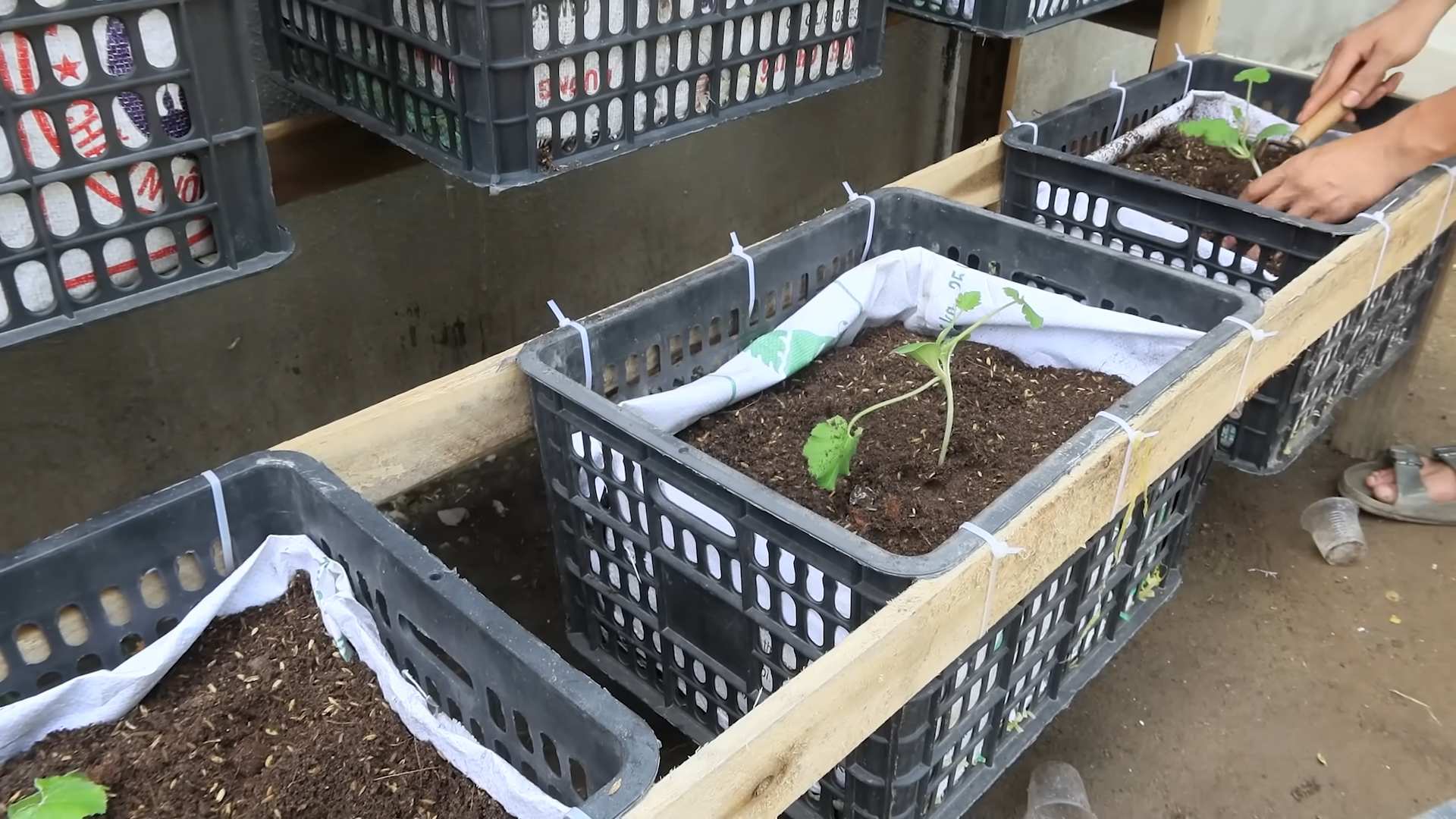
Conclusion
So, there you have it! Growing zucchini at home is not only achievable, even for novice gardeners, but it’s also incredibly rewarding. Imagine stepping out into your backyard and harvesting fresh, vibrant zucchini whenever you need it. No more trips to the grocery store, no more wondering about the freshness or origin of your produce. Just pure, homegrown goodness ready to be transformed into delicious meals.
This guide has armed you with the knowledge to navigate the entire process, from selecting the right variety and preparing your soil to warding off pests and diseases and, of course, harvesting your bounty. Remember, patience is key. Gardening is a journey, and there will be challenges along the way. But the satisfaction of nurturing a plant from seed to table is unparalleled.
Why is growing zucchini at home a must-try? Because it offers a level of freshness and flavor you simply can’t replicate with store-bought zucchini. Plus, you have complete control over the growing process, ensuring your zucchini is free from harmful chemicals and pesticides. It’s also a fantastic way to connect with nature, reduce your carbon footprint, and add a touch of green to your life.
But the fun doesn’t stop there! Once you’ve mastered the basics, you can experiment with different zucchini varieties. Try growing golden zucchini for a splash of color, or delve into the world of heirloom varieties for unique flavors and textures. You can also explore different growing methods, such as container gardening or vertical gardening, if you’re short on space.
And don’t forget about the blossoms! Zucchini blossoms are edible and incredibly delicious when lightly battered and fried. They’re a true delicacy that you won’t find in most grocery stores.
We encourage you to take the plunge and start growing zucchini at home today. Don’t be afraid to experiment, learn from your mistakes, and most importantly, have fun! Share your experiences with us in the comments below. We’d love to hear about your successes, your challenges, and your favorite zucchini recipes. Let’s build a community of zucchini enthusiasts and inspire others to embrace the joys of homegrown produce. Happy gardening!
Frequently Asked Questions (FAQ)
Q: How much space does a zucchini plant need?
A: Zucchini plants are known for their vigorous growth and can take up a considerable amount of space. Ideally, you should allocate at least 2-3 feet between plants and 3-4 feet between rows. This allows for adequate air circulation and sunlight penetration, which are crucial for healthy growth and fruit production. If you’re growing zucchini in containers, choose a large pot that is at least 24 inches in diameter. Dwarf varieties are available and are more suited to container growing.
Q: What is the best soil for growing zucchini?
A: Zucchini thrives in well-drained, fertile soil that is rich in organic matter. Before planting, amend your soil with compost, aged manure, or other organic amendments to improve its structure and nutrient content. The ideal soil pH for zucchini is between 6.0 and 7.5. You can test your soil pH using a home testing kit or by sending a sample to your local agricultural extension office. If your soil is too acidic, you can add lime to raise the pH. If it’s too alkaline, you can add sulfur to lower the pH.
Q: How often should I water my zucchini plants?
A: Zucchini plants need consistent moisture, especially during hot, dry weather. Water deeply and regularly, aiming to keep the soil consistently moist but not waterlogged. A good rule of thumb is to water when the top inch of soil feels dry to the touch. Avoid overhead watering, as this can increase the risk of fungal diseases. Instead, water at the base of the plant, using a soaker hose or drip irrigation system. Mulching around the plants can also help to retain moisture and suppress weeds.
Q: Why are my zucchini flowers falling off without producing fruit?
A: This is a common problem known as blossom drop. There are several reasons why blossom drop might occur, including:
* **Lack of pollination:** Zucchini plants have separate male and female flowers. The female flowers need to be pollinated by the male flowers in order to produce fruit. If there are not enough pollinators in your garden, you may need to hand-pollinate the flowers.
* **Stress:** Environmental stress, such as extreme temperatures, drought, or nutrient deficiencies, can also cause blossom drop.
* **Overwatering or underwatering:** Inconsistent watering can stress the plants and lead to blossom drop.
* **Nutrient imbalance:** A lack of essential nutrients, such as phosphorus or potassium, can also contribute to blossom drop.
To prevent blossom drop, ensure your plants are adequately watered, fertilized, and protected from extreme temperatures. You can also attract pollinators to your garden by planting flowers that provide nectar and pollen.
Q: What are some common pests and diseases that affect zucchini plants?
A: Zucchini plants are susceptible to a variety of pests and diseases, including:
* **Squash bugs:** These pests suck the sap from the leaves and stems, causing the plants to wilt and die.
* **Squash vine borers:** These pests bore into the stems of the plants, disrupting the flow of water and nutrients.
* **Powdery mildew:** This fungal disease causes a white, powdery coating to form on the leaves.
* **Downy mildew:** This fungal disease causes yellow spots to appear on the upper surface of the leaves and a grayish-purple mold to grow on the underside.
To prevent pests and diseases, practice good garden hygiene, such as removing plant debris and weeds. You can also use organic pesticides and fungicides to control infestations. Crop rotation can also help to prevent soilborne diseases.
Q: How do I know when my zucchini is ready to harvest?
A: Zucchini is best harvested when it is young and tender, typically when it is 6-8 inches long. The skin should be smooth and glossy, and the flesh should be firm. Overripe zucchini can become tough and seedy. To harvest zucchini, use a sharp knife or pruning shears to cut the fruit from the plant, leaving a short stem attached.
Q: Can I eat zucchini blossoms?
A: Yes, zucchini blossoms are edible and incredibly delicious. They can be eaten raw in salads or lightly battered and fried. To harvest zucchini blossoms, choose male flowers that are just starting to open. The male flowers are the ones that grow on long stems without a small zucchini fruit attached.
Q: How do I store zucchini?
A: Zucchini can be stored in the refrigerator for up to a week. Wrap the zucchini in a paper towel and place it in a plastic bag to help retain moisture. You can also freeze zucchini for longer storage. To freeze zucchini, wash and slice it into rounds or cubes. Blanch the zucchini in boiling water for 2-3 minutes, then transfer it to an ice bath to stop the cooking process. Drain the zucchini and spread it out on a baking sheet to freeze. Once frozen, transfer the zucchini to a freezer bag or container.
Q: What are some creative ways to use zucchini?
A: Zucchini is a versatile vegetable that can be used in a variety of dishes. Here are a few ideas:
* **Zucchini bread:** A classic way to use up excess zucchini.
* **Zucchini noodles (zoodles):** A healthy and low-carb alternative to pasta.
* **Zucchini fritters:** A delicious and easy appetizer or side dish.
* **Stuffed zucchini:** Hollow out zucchini and fill it with your favorite ingredients.
* **Grilled zucchini:** A simple and flavorful way to enjoy zucchini.
* **Zucchini soup:** A creamy and comforting soup that’s perfect for a chilly day.
Don’t be afraid to experiment and get creative with your zucchini recipes!


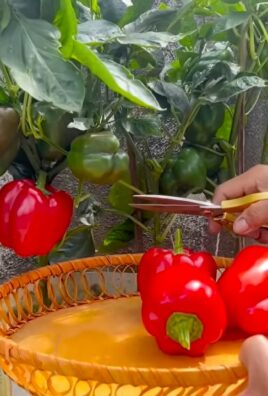
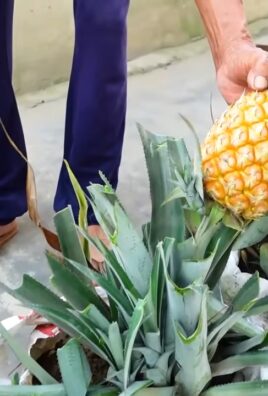
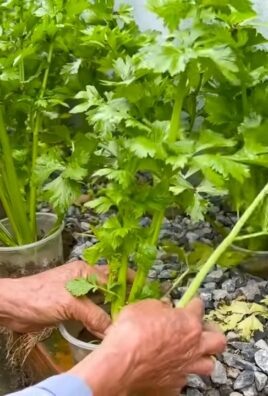
Leave a Comment